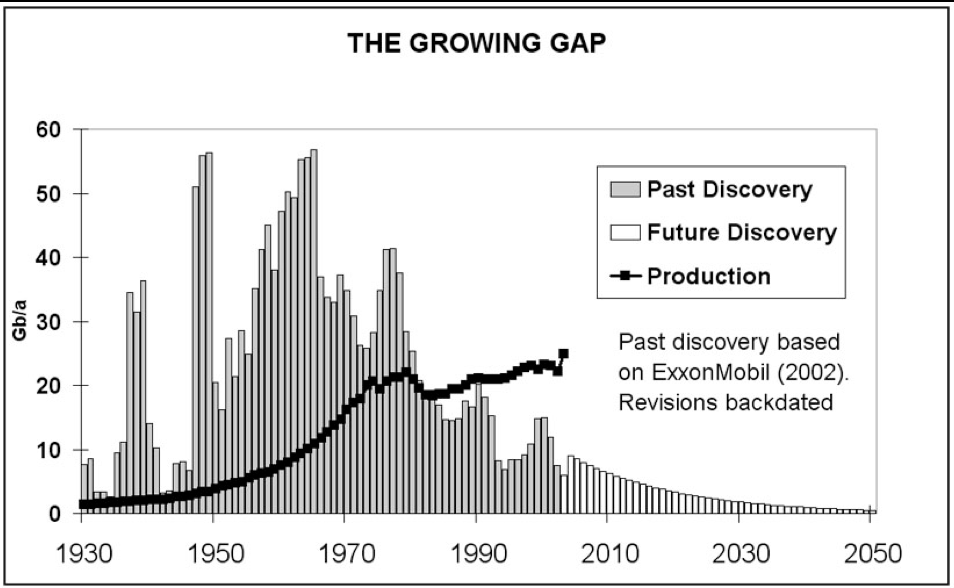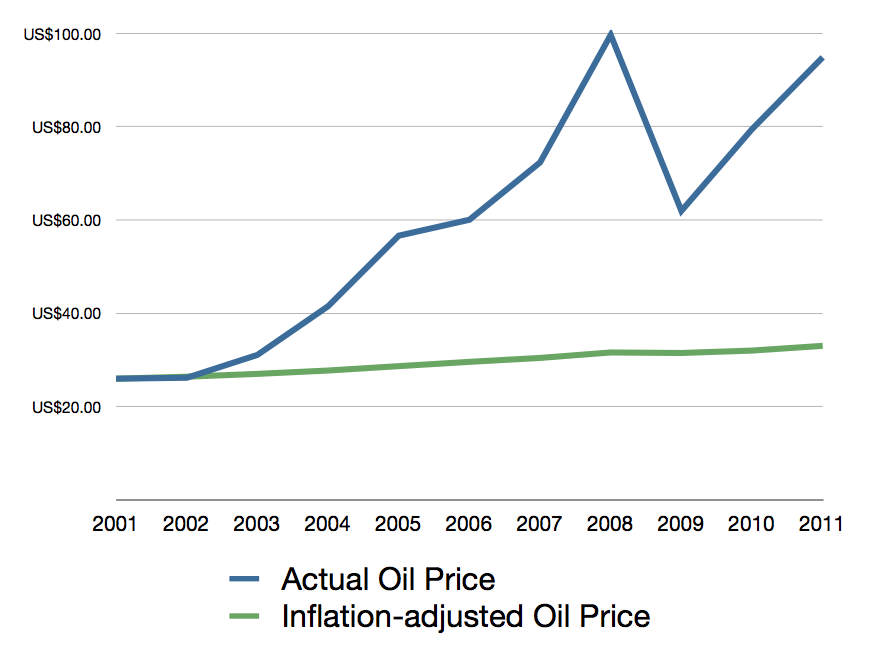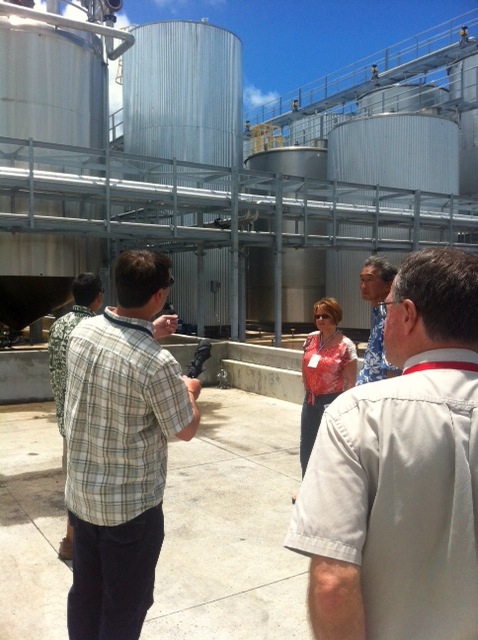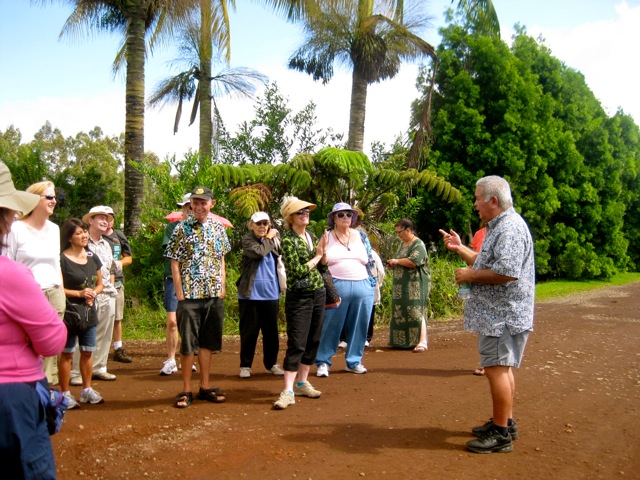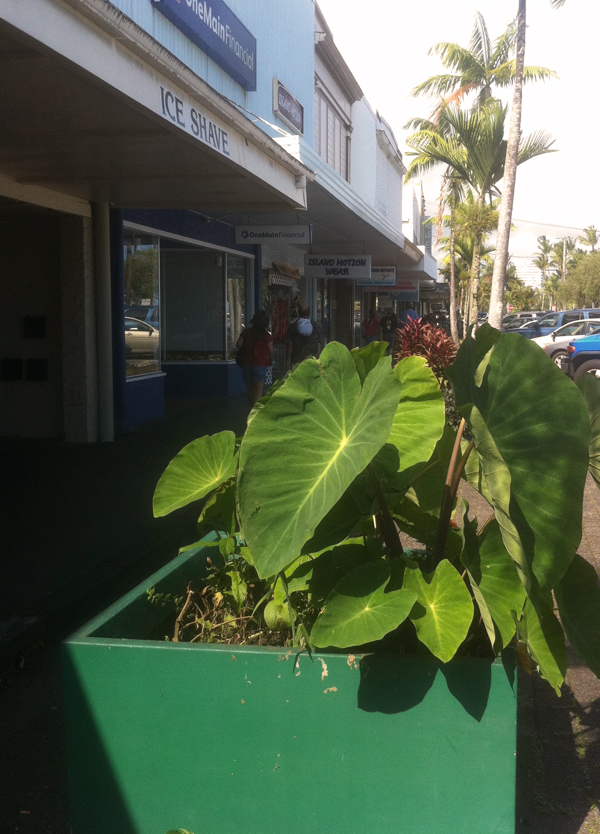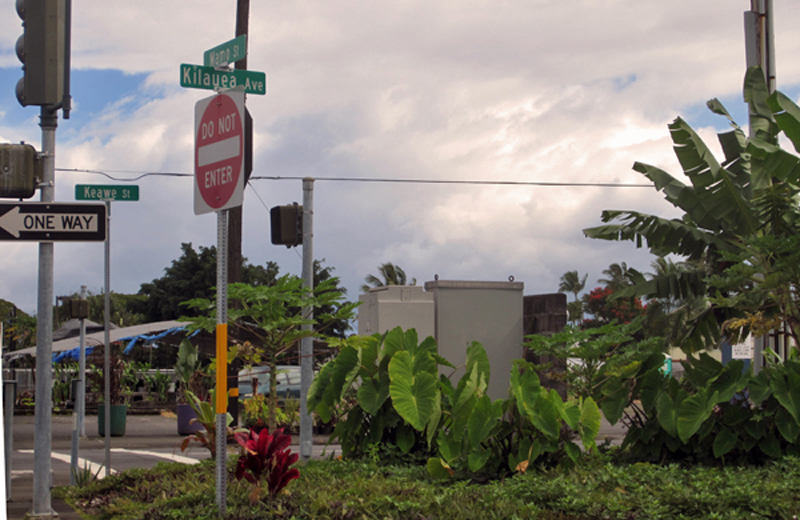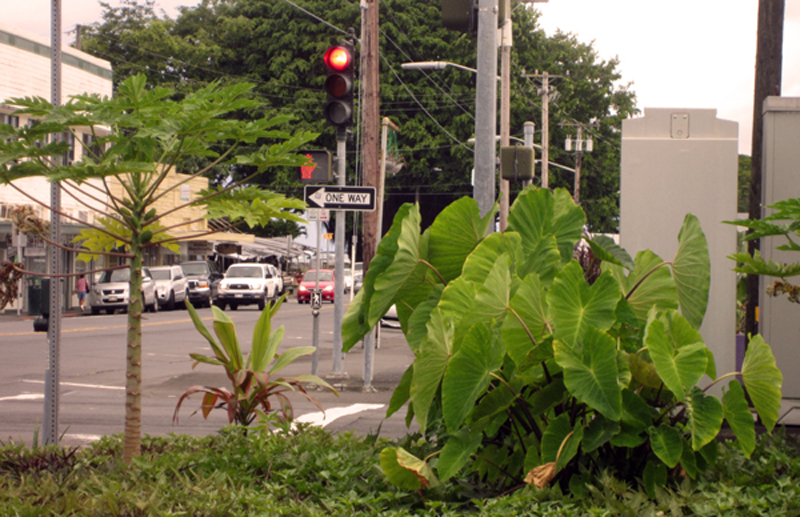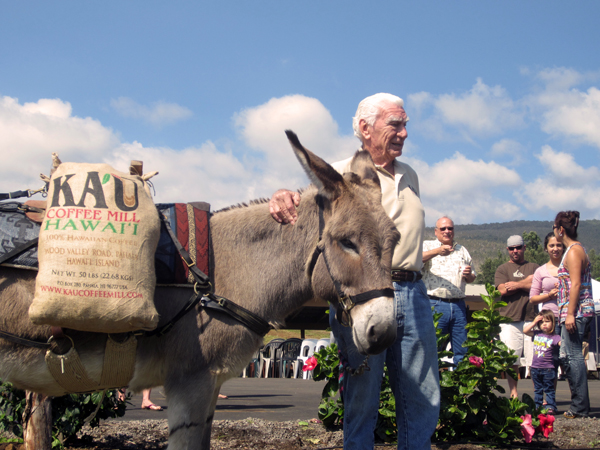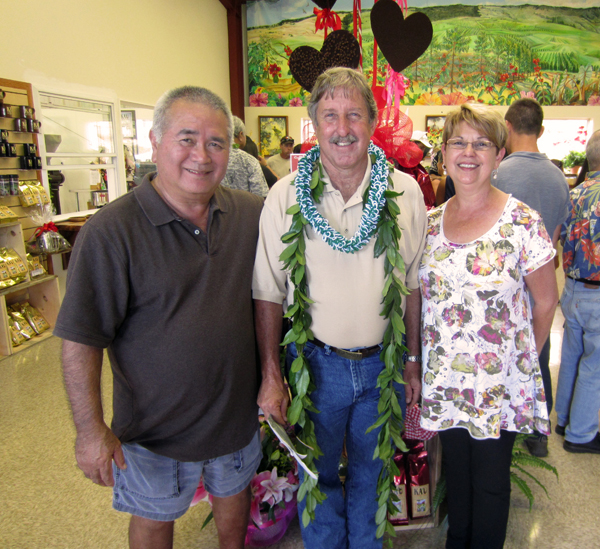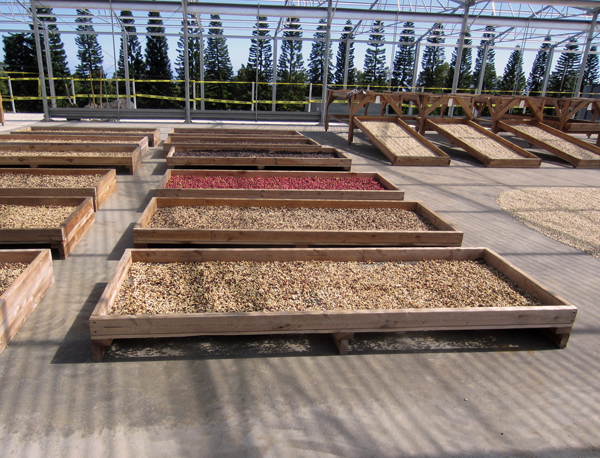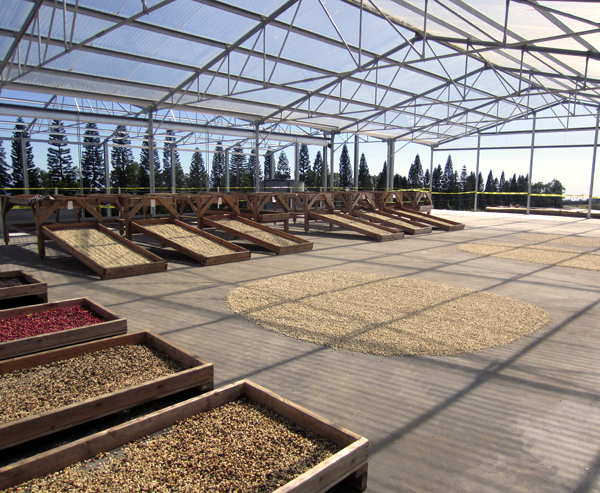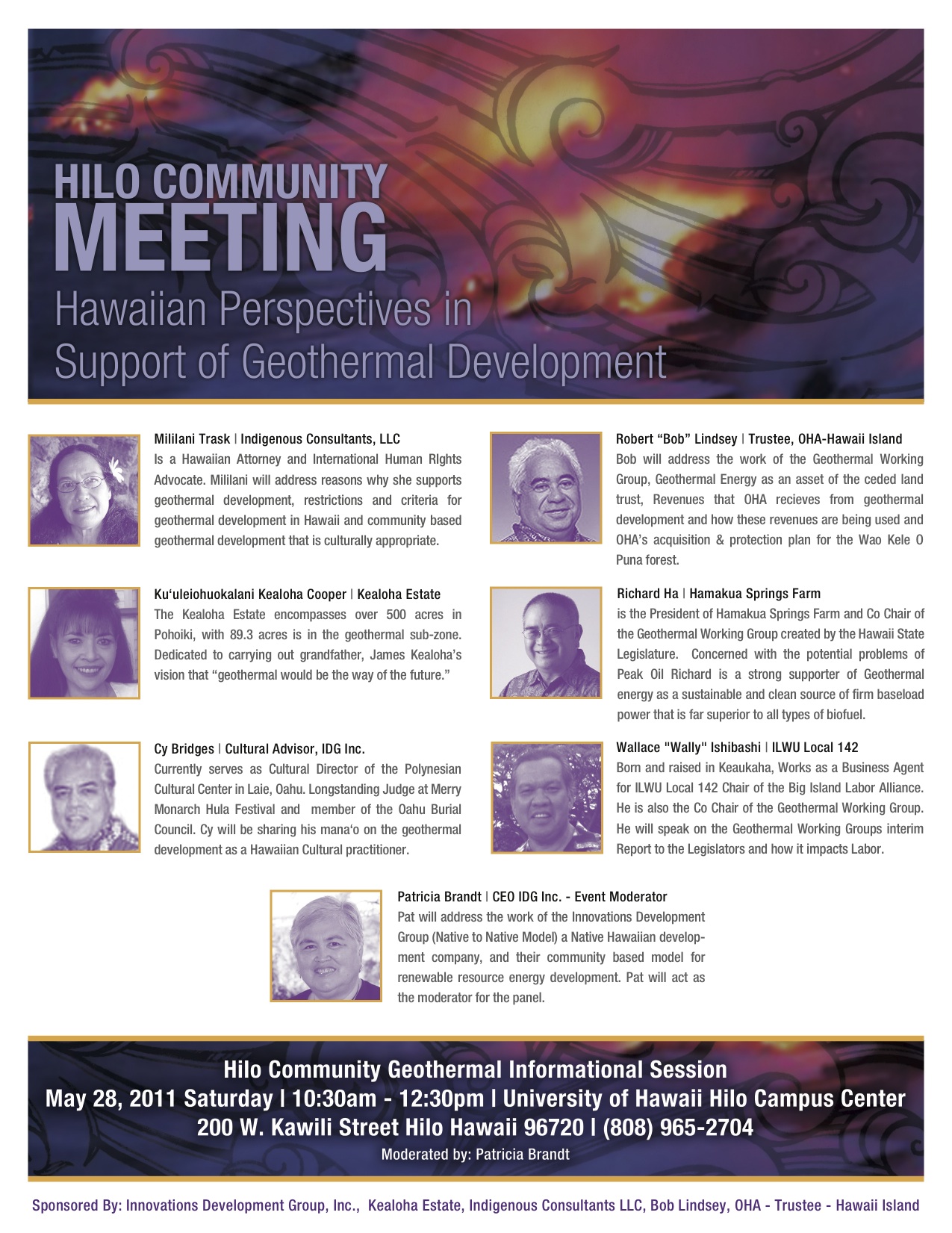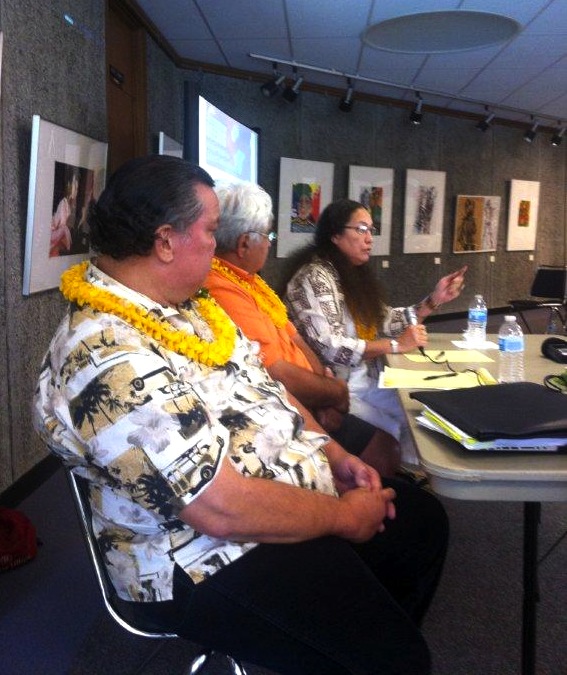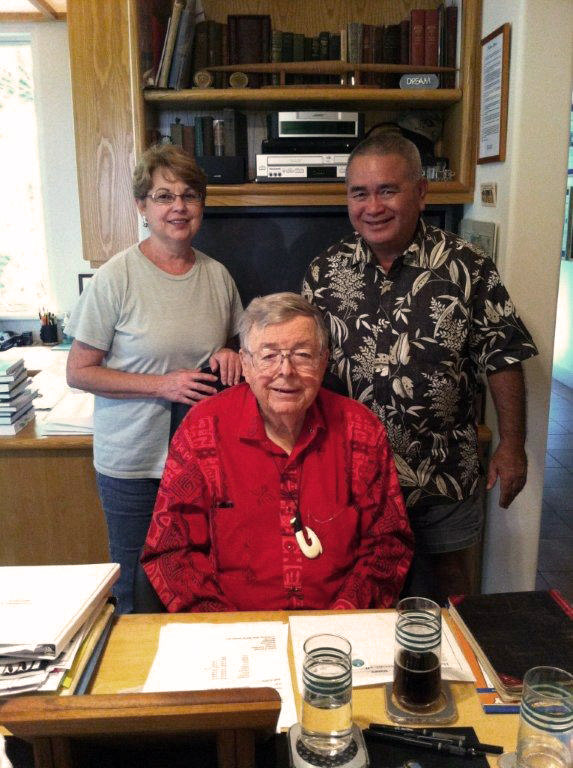Richard Ha writes:
If we show up in huge numbers at PUC hearings, we can make a difference.
The PUC will hear HELCO’s proposal for a 4.2 percent rate hike, as well as about Aina Koa Pono’s proposed biofuel project, on:
- Monday, October 29, 2012 at 6 p.m. at the Hilo High School cafeteria, and
- Tuesday, October 30, 2012 at 6 p.m. at the Kealakehe High School cafeteria.
The Big Island Community Coalition opposes both proposals because they would raise, rather than lower, our electricity rates.
The PUC members are caring human beings. But they have to know what the people want. Only two people, I think, showed up at the last PUC hearing in Hilo. We need hundreds!
The Big Island is in trouble. We have one of the highest electricity rates in Hawai‘i – almost 25 percent higher than O‘ahu’s.
High electricity rates are like a giant regressive tax, only worse. As people leave the electric grid to escape its high cost, those who cannot afford to do so pay even more.
The Big Island has a robust supply of alternatives to oil. We need to mobilize and make meaningful change.
The world has been using twice as much oil as it’s been finding for 20 to 30 years now, and this trend continues.
In the last 10 years, the price of oil has quadrupled. Something significant has changed: This has never before happened in the 150 years comprising our “Age of Oil.”
In China, they use two barrels of oil/person/year, and even when oil costs $100/barrel, their economy continues to grow. Here in the U.S., we use 23 barrels of oil/person/year, and at $100 oil, our economy is sputtering. It is reasonable to assume that the price of oil will continue to rise as it continues to be influenced by China’s demand.
Who here is most vulnerable to rising electricity costs?
- Senior citizens on fixed income, for one, who sometimes have to make choices between food, medicine and electricity. We cannot leave our kupuna – our moms and dads, grandmas and grandpas – out there to fend for themselves. These are the ones who sacrificed so we could have a better life.
- Single moms are also very vulnerable. I talked to a person who has several kids she hopes to send to college. She told me the threat of rising electricity prices weighs on her every day.
According to this week’s Hawaii Tribune-Herald, 3,000 of the 10,000 folks in Hawai‘i who receive federal aid to help pay their electric bill are on the Big Island. We have less than 15 percent of the state’s population, yet more than 30 percent of Hawai‘i’s residents who receive federal assistance to pay their electricity bill are on the Big island.
Join the Big Island Community Coalition to receive an occasional email telling you how you can help bring down the cost of Big Island electricity.

